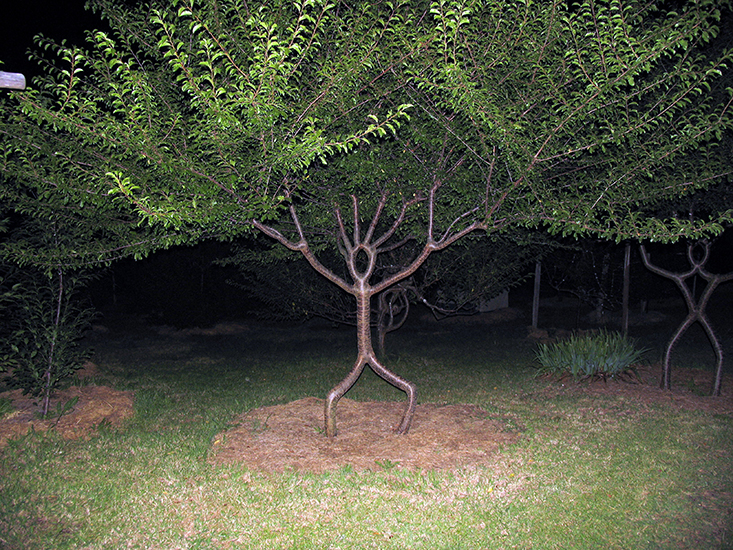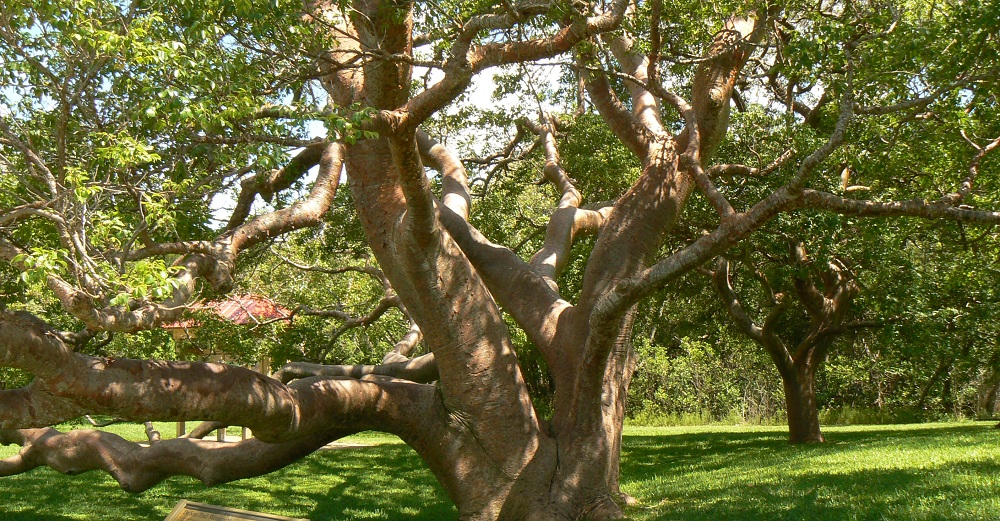Climate change has an effect on all life on this planet, even the trees. But for years scientists have had trouble researching exactly how to measure changes inside a tree without disturbing it. “One of the reasons is that trees respond to instruments being inserted into their bark by sealing the wound to stop the flow of sap,” said Scotty McAdoo, a 2015 graduate with a master’s degree in nanoscale engineering from SUNY Polytechnic Institute.
To solve this problem, McAdoo and his colleagues developed a sensor that mimics the behavior of aphids, sap-sucking insects that are able to bypass the defense response of trees by secreting a biomolecule in their saliva that suppresses the tree’s immune system. Once the team conceived the basic design for this aphid-mimicking device, McAdoo set to work to fabricate it.
As a member of a SUNY Networks of Excellence funded research team, McAdoo, found that working with people in other fields allows him to better achieve his goals.
His work—with advisor James Castracane, professor and head of the Nanobioscience Constellation at SUNY Polytechnic Institute, and collaborator Andrei Lapenas, associate professor of climatology at the University at Albany—has involved building a sensor to directly measure changes in carbohydrates within trees in real time.
“Measuring changes in carbohydrates within trees will allow us to understand how trees will respond to global warming,” said McAdoo. Yet, he added, no instrument existed that was capable of directly measuring carbohydrate allocation in trees. That is, until they built one.
“We started by building two types of micro sensors—amperometric and calorimetric—that contain an enzyme that is selective to the analyte—either sucrose, fructose, or glucose—that we are trying to detect in the tree,” said McAdoo. “The amperometric sensors measure the electric current generated by the enzymatic reaction that occurs when the sensor detects an analyte. The calorimetric sensors measure the heat emitted during the enzymatic reaction. We found that the calorimetric sensors were more cost effective.”
Now that he has graduated, McAdoo hopes to obtain work in an alternative-energy field. “My thesis project has given me the skills to do that,” he said.





